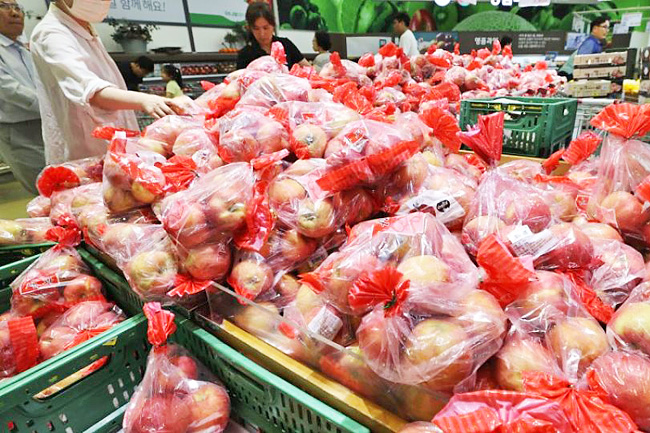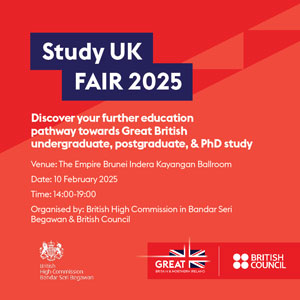ANN/THE KOREA HERALD – As summer gives way to the cooler air, South Koreans become attuned to the pricing dynamics of two specific fruits: apples and pears. These fruits reach their peak freshness and flavour in this season, solidifying their status as the quintessential autumn produce in South Korea. However, there exist additional factors that intensify people’s vigilance toward their prices.
A time-honoured tradition during Chuseok, one of the two biggest traditional holidays in South Korea, is to prepare a table full of food offerings to honour one’s ancestors. Apples and pears are a staple on the ceremonial table. Furthermore, they are also the two most common fruits gifted during the Chuseok holidays.
However, Chuseok’s varying dates each year, falling somewhere between late September and early October and determined by the lunar calendar, pose challenges.
The timing, in conjunction with the year’s weather conditions and harvest outlook, can sometimes lead to a mismatch between the fruit harvest and peak demand.
This year, the price of apples are some 50 per cent higher than the same period last year, dampening the mood of those who sought to make a hearty table for their ancestors.
This year’s apple and pear production was heavily influenced by the long monsoon, heat wave seasons and a typhoon, experts said.

Typhoon Khanun ripped through the Korean Peninsula in early August and resulted in 361 cases of facility and flooding damages. The typhoon was a key reason behind the higher apple and overall fruit prices this year, according to a state-affiliated institute.
“The typhoon in August has led to an overall surge in price of apples due to its lack of supply,” the latest report released by Korea Rural Economic Institute (KREI) said.
KREI forecast the wholesale price of apples per 10 kilogrammes in September to jump a maximum 160.6 per cent on-year to an average KRW74,000 won (USD55.72).
“The fruiting of the apples were lackluster this year as well due to an elongated monsoon season in July coupled with damages from hails and frostings during its fruiting season,” it added.
Overall apple production this year declined 21 per cent on year to below 449,000 metric tonnes, the institute data showed.
Its projected distribution amount, aimed for the Chuseok gifting season of September 15-28, came to 56,000 tonnes, which is 14 per cent less compared with the same period last year, the same data showed.
Pears also suffered the brunt of the country’s lower-than-expected temperatures during its blooming season in April, according to KREI.
Pear production declined 20 per cent on-year and is forecast to fall under 200,000 tonnes.
Its distribution volume for the Chuseok season is projected to fall eight per cent on-year to some 44,000 tonnes.
Overall, farming was affected by one of Korea’s worst heat waves in history this summer.
The government raised the hot weather warning to its highest level for the first time in four years, as parts of the country roasted in temperatures over 38 degrees Celsius.
KREI said bitter rotting, caused by a deadly fungal disease for apples, was a major reason behind the decline of fruit production this year besides the typhoon.
Increase in blotches caused by fungus was another culprit, KREI added.
Noticing such risks, distributors and retailers are making efforts to stabilise the price and make the fruits affordable for consumers.




